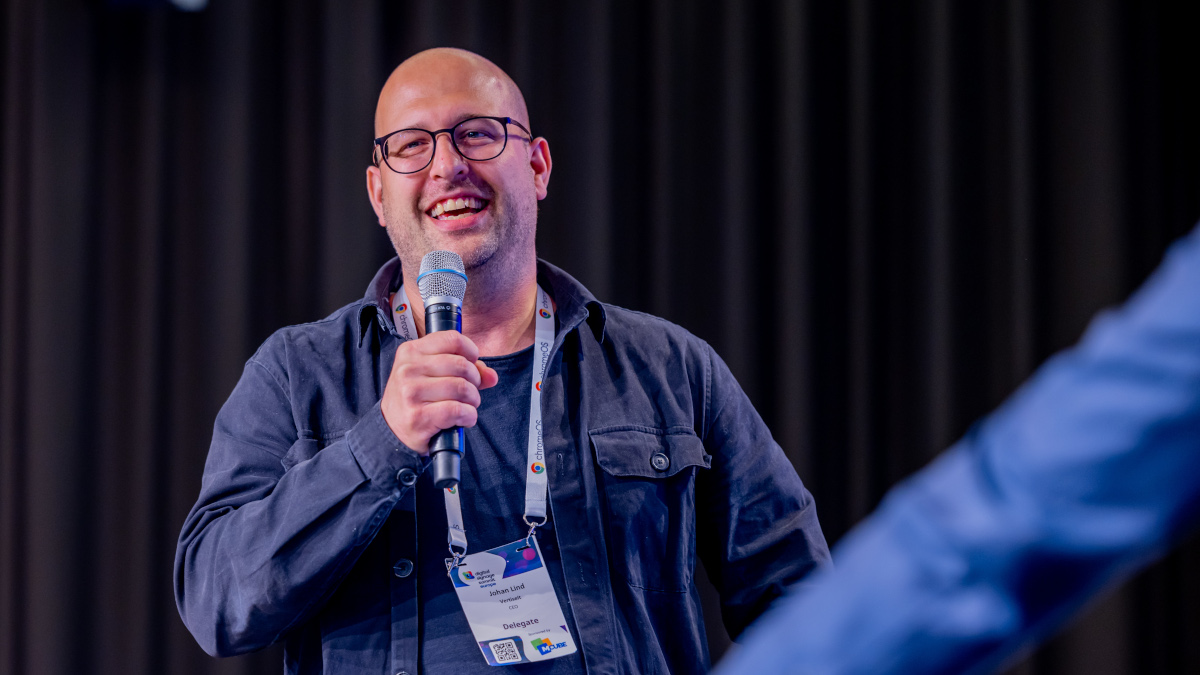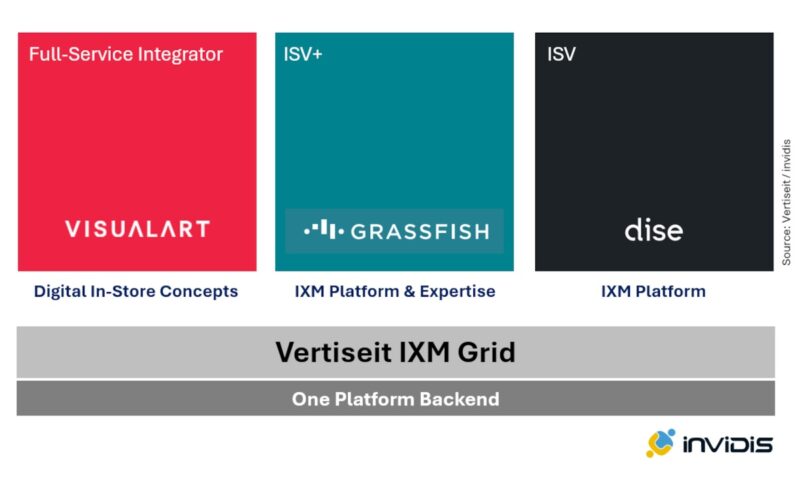The acquisition of Visual Art doubles Vertiseit’s (Grassfish, Dise) turnover to 60 million euros and brings additional complexity to the business model. invidis spoke exclusively with CEO Johan Lind about the acquisition of the full-service integrator, the integration of the CMS platforms, and how the Visual Art brand will be used in the future.

Johan Lind: “Partner First” – Vertiseit Focuses on Partners
Johan Lind is very busy in the hours following the announcement of the acquisition of Visual Art. In the aftermath of an M&A transaction, a CEO of a listed company needs to follow many rules and especially needs to keep the financial markets happy. Therefore, CEO Johan Lind and Co-CEO/CFO Jonas Lagerqvist promptly invited investors to an analyst call to explain the rationale of the acquisition on Thursday morning.
Subscribe to Our FREE Newsletter!
Receive exclusive stories like this plus invidis analyses and insights every Thursday, through our invidis Weekly newsletter. Click here to register!
The story of the acquisition is hardly surprising: the future of Vertiseit revolves around software-as-a-service and recurring revenue. By 2032, the CEO duo wants to quadruple software subscription sales (measured in Annual Recurring Revenues ARR) from 22 million euros to 88 million euros. Converted into Swedish kronor, the milestone sounds spectacular: one billion SEK. Such an ambitious goal is hardly achievable through organic growth only. That is why the Varberg-based business is also relying on takeovers. invidis spoke exclusively with Johan Lind about the current takeover.
Visual Art is opening up more to partners
Visual Art will continue to operate on the market under its existing brand. In the future, the focus outside of Scandinavia will be on the in Lind’s words “excellent software platform” and on concept development. Visual Art already generates 25% of its sales with software – both as part of full-service projects and in CMS-only projects (50% through classic integration sales and 25% through consulting). Recently, Visual Art had won two large CMS-only customers: the Finnish supermarket chain Kesko and the European restaurants of QSR chain Subway.
Other integrators, independent from Visual Art, are also already using the CMS outside of Europe – in Asia and Australia. “The CMS platform is a good starting point for winning projects,” says Lind. According to the Vertiseit CEO, Visual Art is set to benefit significantly from his comany’s ecosystem and will gain new partners.

Leading tech stack
The main reason for the takeover, acoording to Lind, was Visual Art’s new digital signage platform, which, like Vertiseit’s currently developed IXM platform, is fully based on Microsoft Azure’s microservices and container applications. “Visual Art’s device management is particularly good and is far superior to Vertiseit’s solutions”, Lind says.
In less than a year, Visual Art was able to remotely upgrade all 75,000 digital signage endpoints to the latest digital signage platform without having to travel onsite. The Visual Art platform is to be integrated into Vertiseit’s new IXM group platform and will replace existing selected IXM solutions in cases where it is superior. With the takeover of Visual Art, Vertiseit also gains access to a large talent pool of experienced digital signage developers. An advantage that should not be underestimated in times when talented software developers are rare.
The launch of Vertiseit’s IXM platform was previously planned for the second half of 2025, but “now we can accelerate the market launch thanks to the acquisition and integration of Visual Art,” Lind says to invidis.
No repositioning of Visual Art necessary
Johan Lind does not see a conflict between Visual Art’s integration business and Vertiseit’s software partner business. As with Grassfish, Visual Art will continue to be successful on the market with concept expertise, only that this expertise will now also be offered to customers together with partners.
“Partner First – at Vertiseit, partners come first.” In phone calls with existing Dise integrators and Grassfish customers in the last few hours, Vertiseit has – according to Lind – received great approval for the Visual Art deal. “Our partners prefer Visual Art being part of Vertiseit than having to compete against an independent integrator Visual Art in the market.”
